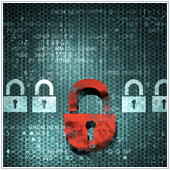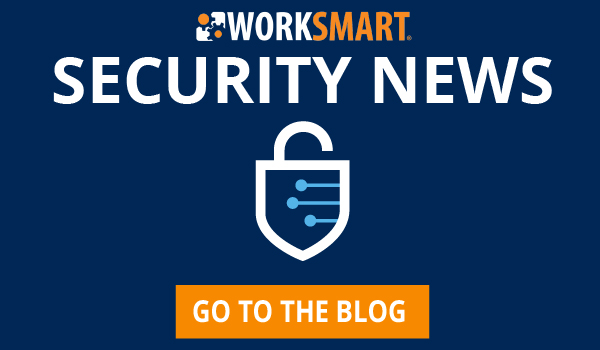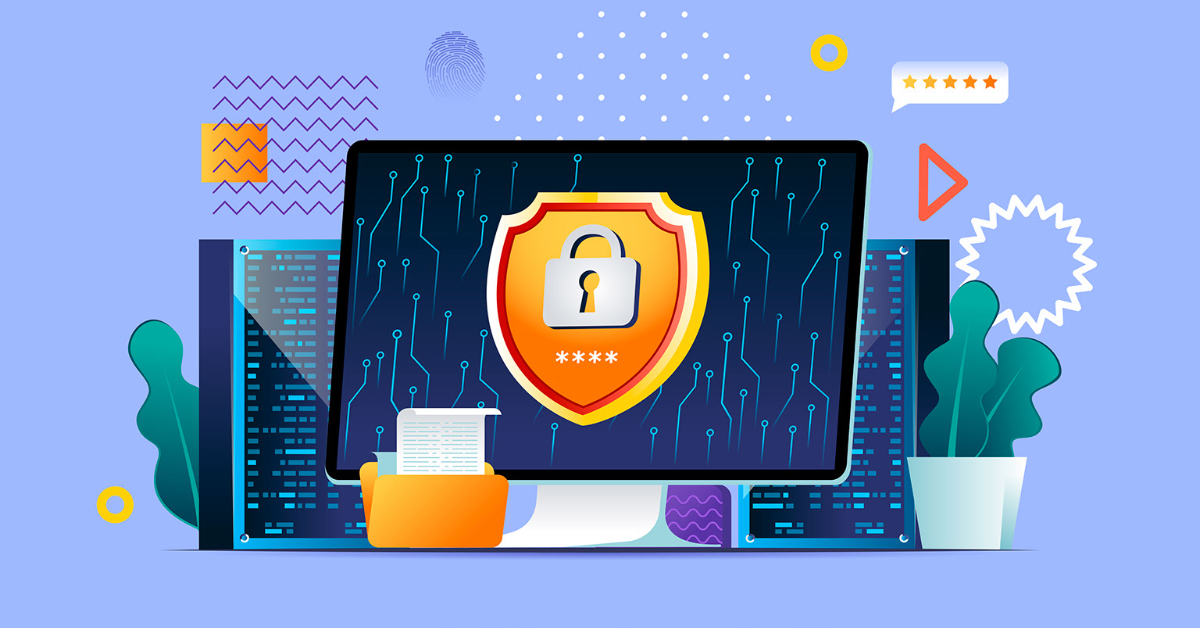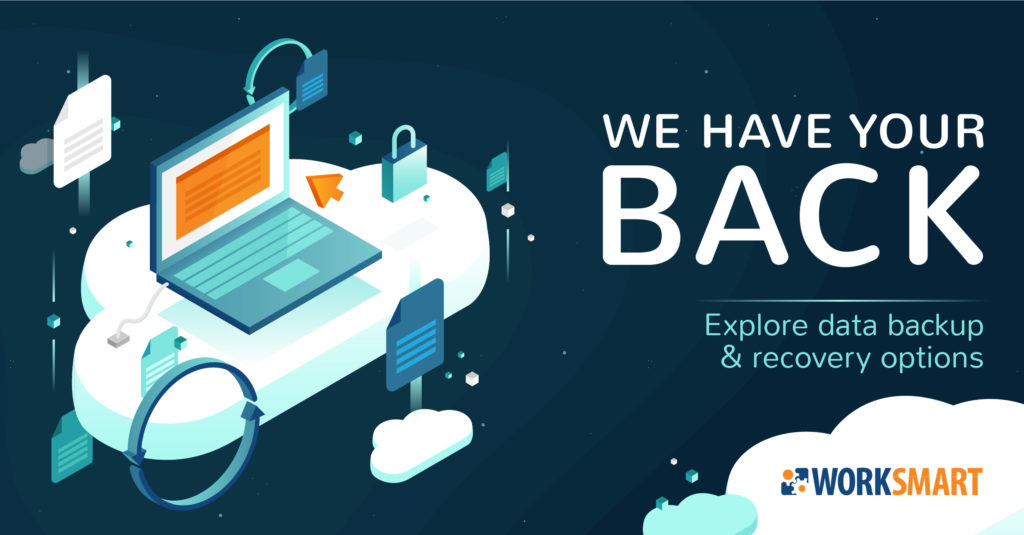We’re all accustomed to hopping on wireless networks whenever we can—saving data use on our mobile devices. And we appreciate when the office or coffee shop or school makes it easy for us to connect any time we visit. For most organizations, offering guest Wi-Fi access is a must. But is having a simple password enough to keep company data safe?









